The seed variety for commercial use is able to perform well in both open fields under support systems or in plastic tunnels or passive greenhouses. Among the main tolerances in this hybrid include Fusarium wilt (F1-3), bacterial wilt (Bw), nematodes (MiMj), Tomato yellow leaf curl virus (TYLCV), etc.
Basic Information on Planting Tomatoes:
Nursery establishment & management
- A nursery bed measures 1m in length x 10-15cm drill. The drills should be 3-4cm in depth for small seeded vegetables to facilitate faster and uniform germination.
- To enhance early strong seedlings it’s important to use fine compost manure (from goats, cows, and pigs) mixed thoroughly with the soil.
Note: Chicken manure is not recommended for use in the nursery because of the very high levels of nitrogen that inhabit proper root formation and establishment. Chicken manure is ideal for use at the top dressing stage.
- Recommended raising seedlings in the nursery bed for 3 – 4 weeks before transplanting to the main field at pencil- thick stage.
Note: Seedlings can be transplanted into smaller poly bags, 2 weeks after germination and later transplanted into the main field, 2 to 4 weeks later and this reduces drastically the transplanting shock and allows faster establishment in the main field.
- Drench nursery bed with insecticides to prevent early plant attacks by soil and sucking pests.
Watering in the nursery is recommended from early morning to mid-morning but not in the evening. Evening watering encourages pythium activities that cause dumping.
Alternative: the seeds can be sown in planting trays and appropriate media used or seedlings bought from reputable Young Plant Raisers (YPR).
Land preparation:
- Tomatoes are known to grow in many types of soil but for maximum production, they should be planted in deep soils to facilitate good root penetration. They are heavy nutrient extractors from the soil and thus require periodic replenishment through manure addition or artificial fertilizer but at the correct proportions in line with the requirements and soil deficit.
- Note: Confirm soil nutrient levels through soil analysis to help determine deficit elements.
Transplanting stage
- Transplanting is usually recommended when the sun is not very hot i.e. early morning or late afternoon. This helps to reduce transplanting shock arising from the seedling evapotranspiration.
- Important to have compost manure mixed with a compound fertilizer, especially with adequate phosphorous in a hole where the young plant is planted. This helps in faster root formation and establishment hastening plant growth reducing possible repetitive gapping.
- The standard spacing usually varies with the growing system and the variety;
- Determinate (bush) varieties: 60 x 60cmfor staked culture growing and 90 x 60cm for on-ground growing
- Indeterminate: 60 x 45cm for staked or under-support growing
- Drench seedlings during transplanting with an insecticide to prevent early attack by aphids, whiteflies, thrips, and cutworms.
Nutritional Requirements:
- Fertilizer requirement: Transplanting stage
Ensure the crop is grown in fertile land, use manure to enrich the soil with nutrients, or apply base fertilizer rich in phosphorous at the planting period such as N: P: K at 10gms per hole as a general application.
- Top dressing:
Recommended to top dress the plants 2-3 weeks after transplanting with fertilizer reached in nitrogen like CAN or equivalent at the general rate of 10 gms per plant and second split with N:P:K like 17:17:17 after 2 – 3 weeks from the first top dress at the rate of 5 – 10 gms per plant depending on the soil fertility levels. For long-cycle growing varieties in the greenhouse or in the open field especially indeterminate varieties, spilled top dressing of N:P:K should be applied after every three weeks as a general rule to ensure continuous production of quality marketable yields.
- Foliar Fertilizer
Foliar fertilizers can be used to supplement soil-applied fertilizer, especially during periods of crop stress e.g. hot periods and during heavy rains that hamper proper nutrient updates through the roots.
Tomato support system:
The tomatoes like pepper can be grown as a bush for determinate varieties or reduced to 1-3 main primary suckers for indeterminate varieties.
For bush culture, the crop is not pruned but allowed to have more than three main branches. These can be grown under on-ground culture or under staked culture.
For indeterminate varieties, the crop needs string/twine or stick support to ensure a proper growing system.
Under good crop support and agronomic growing conditions the indeterminate tomatoes under greenhouse or tunnel production can be harvested for a period of over six months and more than three months under open field production.

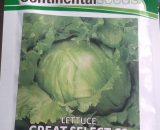
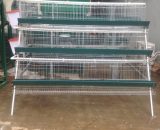



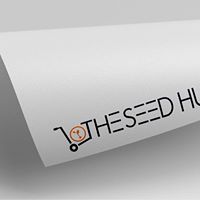
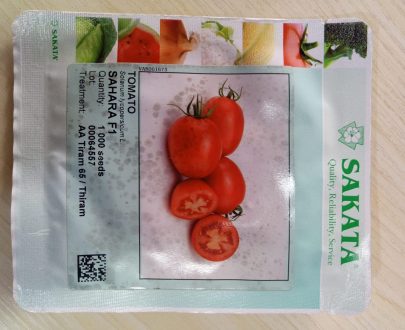
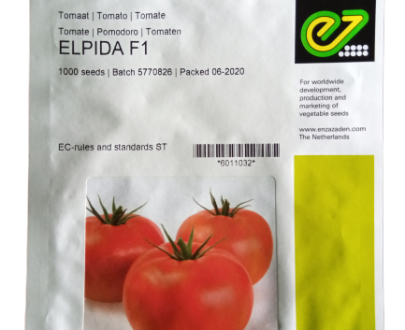


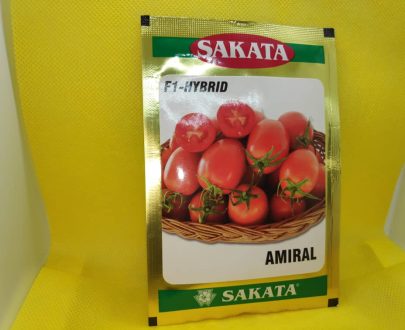
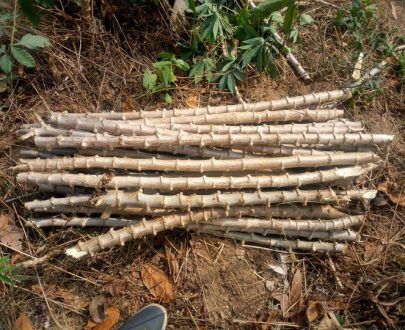
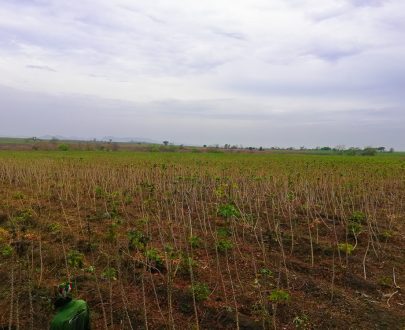


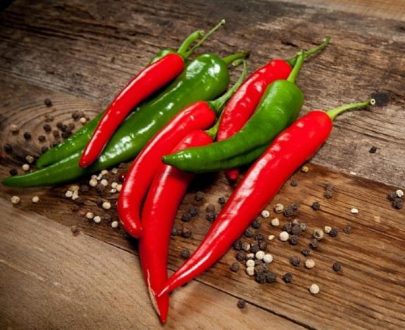
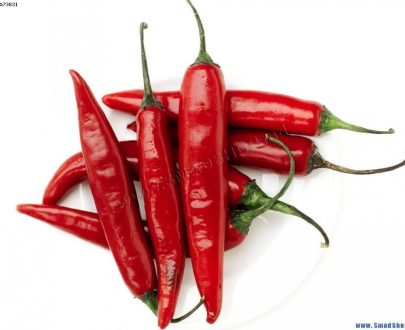
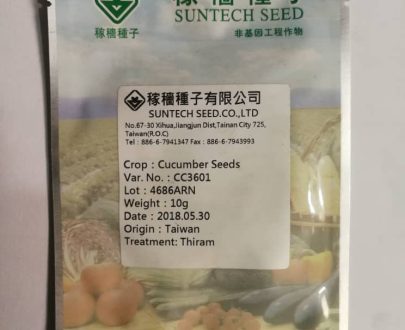
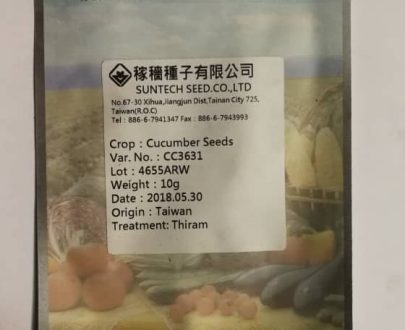
Customer reviews
1 review for Commando F1 Tomato Seeds | Hybrid (Continental seeds)
Thanks for the seeds Farmsquare.
Only logged in customers who have purchased this product may leave a review.